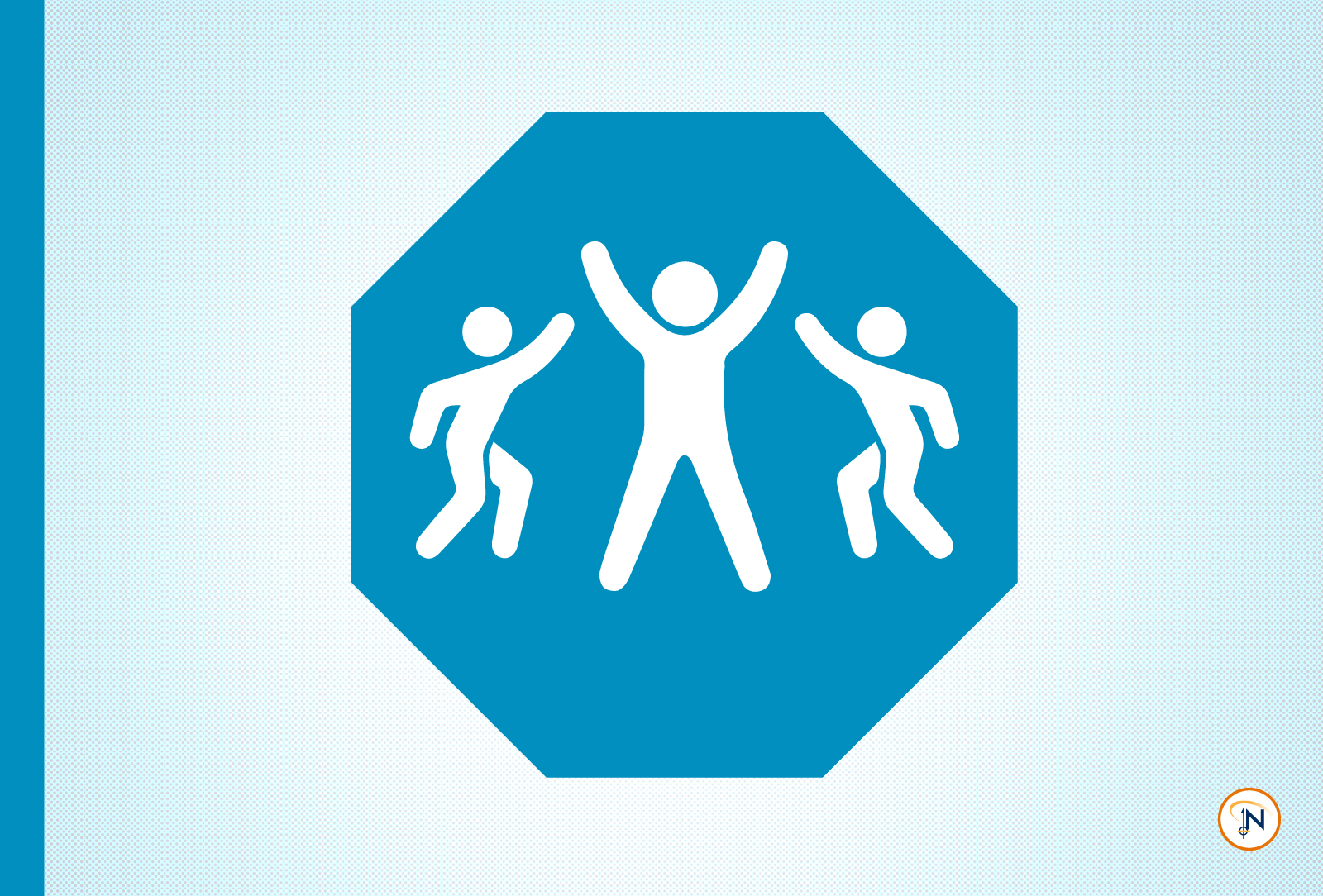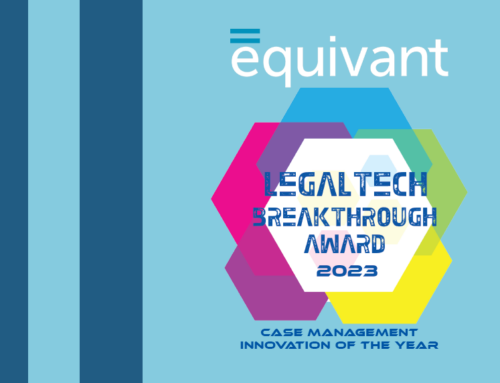Stop! Collaborate and Listen … for Effective Pretrial Reform
Risk and Need Assessments • An equivant product

You can’t do it alone. When it comes to pretrial reform, every jurisdiction in every state is facing different challenges, but one truth is universal: Success takes cooperation.
When a formal or informal group such as a Criminal Justice Coordinating Committee (CJCC) convenes regularly, communities see crime decrease, pretrial jail stays shorten, and criminal justice costs decline.1 These groups are collaborative boards that help solve both specific problems and systemic issues. But, you don’t have to have a CJCC to start pulling together the right people and working toward change.
Who should collaborate?
The relevant stakeholders may vary from place to place, but as a general rule, it’s important that all three branches of government are involved. In most jurisdictions, cooperating parties should include law enforcement, judges, district attorneys, public defenders, pretrial services, and community supervision. In some jurisdictions, agencies such as Health and Human Services, Victim Services, Community Justice or others are also included.
When should the stakeholders convene?
In short: early and often. If you already have a formal or informal committee of some kind operating in your community, make sure they’re meeting regularly and are acting as a permanent advisory board rather than an ad hoc committee. If you don’t have any interagency collaboration happening yet, it’s never too late to get started. Assemble the right group of stakeholders as early in the pretrial reform process as possible, and start working together to effect change.
How do these committees work?
There needs to be a lot of listening and a lot of careful consideration of other viewpoints. No single agency is in charge, and no one can operate in a vacuum if meaningful community change is going to take place.
The National Association of Counties (NACo) lays out four effective practices for CJCCs, and even a group less formalized than a CJCC can benefit from a similar structure:
- Form standing committees — There are so many issues at work in pretrial reform, and having people committed to a smaller handful of issues can make each more manageable.
- Use work or task groups — For task-level matters such as researching, benchmarking, or other information-gathering, assigning work groups to complete the specific task can help keep the work moving forward.
- Hire support staff — Hiring staff may not be on the table in your jurisdiction, but offering a split role to an existing member of a support team may be possible. The idea is that you will need administrative help, and piling it on top of someone’s regular job isn’t sustainable.
- Create support materials — This can include bylaws, charters, or something less formal such as rules of engagement or agreed-upon time commitments. Formal structure helps remove the ambiguity that comes from bringing people in disparate roles together.
Pretrial reform is everyone’s responsibility, and if your community isn’t stopping to collaborate and listen, the work isn’t going to get done.
We’re here to help. Whether you’re looking for advice from people who have been there, or you’re trying to get your collaborating agencies to adopt technology systems that cooperate as well as they do, we can help. Give us a call anytime.
1 National Institute of Corrections’ A Framework for Pretrial Justice





